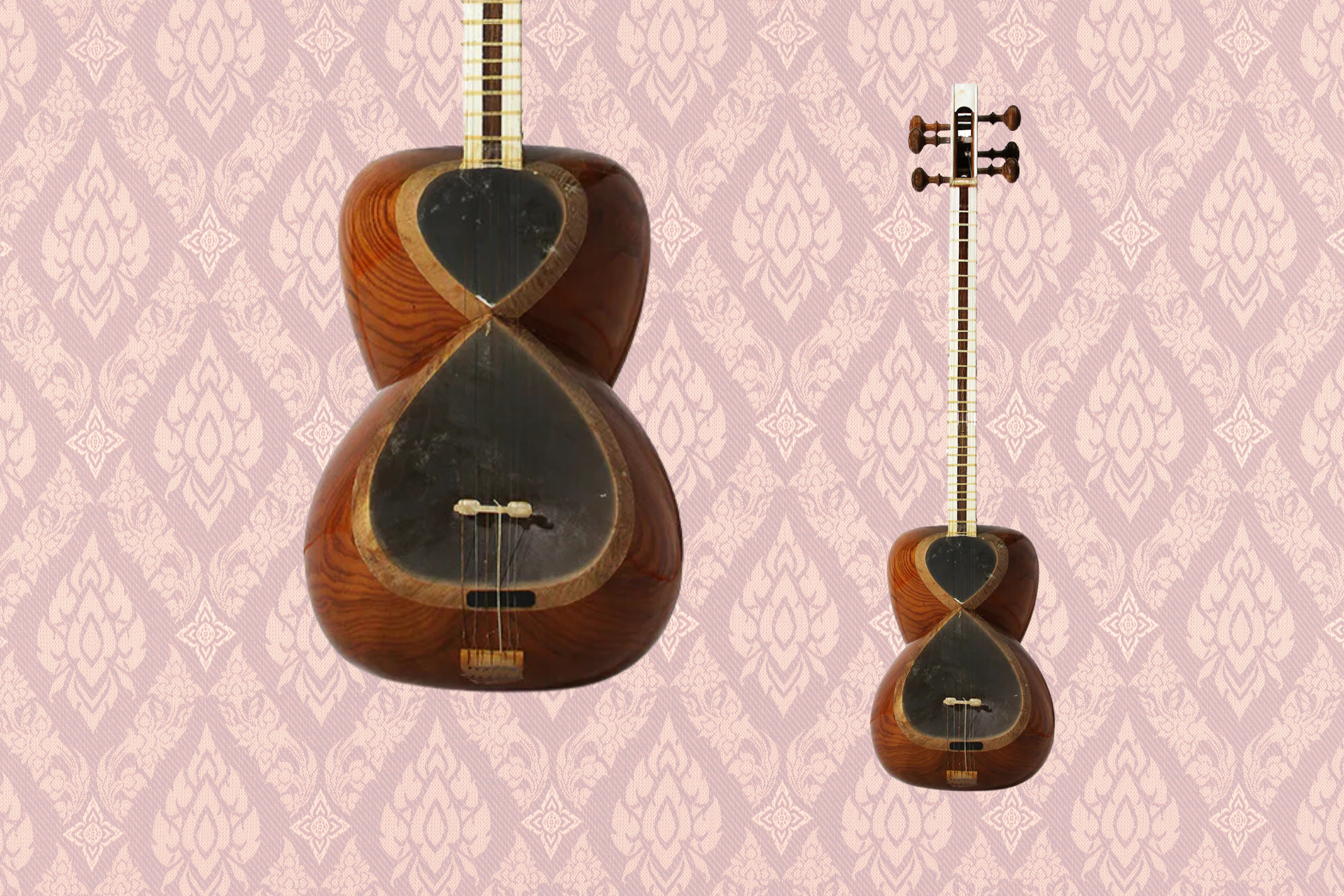General Articles
Exploring Persian Music with the Tar
Persian music, with its rich history and deep cultural roots, offers a mesmerizing tapestry of sounds and styles. Among the various instruments that define Persian music, the tar holds a special place. This article delves into the type of Persian music played using the tar, highlighting its unique characteristics and significance.
The Origins of the Tar
The tar is a long-necked, waisted instrument that has been a staple in Persian music for centuries. Its name means "string" in Persian, a nod to its melodious strings that produce enchanting sounds. The tar is believed to have evolved from the ancient Persian lute and has become an essential instrument in Persian classical music.
Structure and Sound of the Tar
The tar is typically made from mulberry wood for the body and sheep's skin for the membrane. It has six strings, arranged in three pairs, and a fretted neck that allows for a wide range of notes. The unique construction of the tar gives it a distinctive sound, characterized by rich, resonant tones and intricate melodic patterns.
The Role of the Tar in Persian Classical Music
Persian classical music, or "radif," is an elaborate and highly structured form of music that relies heavily on the tar. The tar's versatility allows it to play both rhythmic and melodic roles, making it integral to the performance of various "dastgahs" (musical modes).
Dastgah: The Foundation of Persian Music
A dastgah is a musical modal system in Persian music, similar to scales in Western music but far more complex. Each dastgah has its own set of gushehs (melodic pieces) that musicians can use to create a performance. The tar is particularly well-suited to express the emotional depth and subtle nuances of these modes.
Popular Dastgahs Played on the Tar
-
- Known for its melancholic and emotional tone, Dastgah-e Shur is one of the most popular modes in Persian music. The tar's deep, resonant sounds beautifully convey the poignant melodies of this mode.
-
- Often compared to the major scale in Western music, Dastgah-e Mahur has a bright and uplifting character. The tar's clear and vibrant tones make it ideal for the intricate melodies of Mahur.
-
- Dastgah-e Segah is characterized by its mystical and contemplative nature. The tar's ability to produce subtle tonal variations enhances the spiritual and introspective quality of Segah.
Techniques and Styles in Tar Performance
Tar players employ a variety of techniques to bring out the instrument's full expressive potential. These include:
- Plectrum Techniques: The use of a small, metal plectrum (mezrab) allows for precise and dynamic playing.
- Trills and Glissandos: Rapid alternation between notes (trills) and smooth slides (glissandos) are common techniques that add texture and complexity to the music.
- Vibrato: Controlled oscillation of pitch (vibrato) gives the music an emotional and expressive quality.
The Evolution of Tar Music
While deeply rooted in tradition, tar music has evolved over time, incorporating influences from other musical styles and cultures. Contemporary tar players often experiment with new techniques and compositions, blending classical elements with modern sensibilities.
Influential Tar Players
Several tar players have left an indelible mark on Persian music, both past and present. Some of the most notable include:
- Ali-Akbar Shahnazi: Renowned for his masterful technique and profound understanding of Persian music.
- Hossein Alizadeh: A contemporary virtuoso known for his innovative approach and contributions to the global appreciation of Persian music.
- Mohammad Reza Lotfi: Celebrated for his expressive playing and dedication to preserving the radif tradition.
The Tar in Modern Persian Music
In addition to its prominent role in classical music, the tar has found a place in modern Persian music genres, including pop, jazz, and fusion. This versatility demonstrates the instrument's enduring appeal and adaptability.
Learning to Play the Tar
For those interested in learning to play the tar, it is essential to start with a strong foundation in Persian musical theory and practice. Lessons typically begin with basic techniques and simple melodies before progressing to more complex compositions and improvisations.
The Cultural Significance of the Tar
Beyond its musical importance, the tar holds cultural and symbolic significance in Persian society. It is often associated with Persian identity and heritage, representing a link to the country's rich artistic traditions.
The tar is a quintessential instrument in Persian music, embodying the depth and beauty of this ancient musical tradition. Its ability to convey a wide range of emotions and its integral role in various dastgahs make it a beloved instrument among musicians and listeners alike.
If you're inspired to explore the captivating world of Persian music and the tar, visit Rhythm Music Shop. Serving Markham, Richmond Hill, North York, Scarborough, and the rest of the GTA, we offer a wide selection of traditional musical instruments and expert guidance to help you on your musical journey.

